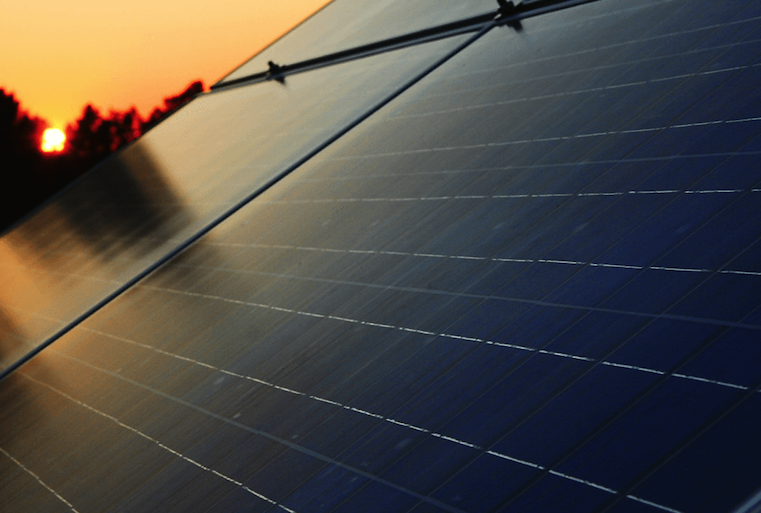PPA is a contract between purchaser of electricity and electricity generator setting out the terms and price for supplying electricity. Earlier, tariffs were fixed by state electricity regulatory commissions based on which PPAs were made with power generators. In the case of renewable energy, state electricity regulatory commissions set the Feed-in Tariffs for the purchase of electricity from these sources. PPAs were signed based on these pre-determined prices for a number of years.
The recent auctions for solar power procurement have led to discovery of very low tariffs (Figure). Auctions for wind based power were first held by Solar Energy Corporation of India in February, 2017 which realised a tariff of ` 3.46/unit. This is much lower than the lowest feed-in tariff for wind at ` 4.16/unit.
Second wind auctions were conducted in October, 2017 where the tariffs again touched a historic low level of ` 2.64/KWh. The discovery of very low tariffs through the auctioning process, though a welcome news, possibly contributed to some demands for renegotiation of the already signed PPAs.
Some Discoms have hinted at the possibility of renegotiating the PPAs signed by them at tariffs higher than those in the recent bids. According to CRISIL (2017), renegotiating the tariffs could result in risk for investments worth ` 48000 crore.
Renegotiation of PPAs are likely to face tough resistance from the developers and may result in legal battles. This introduces uncertainty for the sector and banks which are already facing the issue of NPAs, may become apprehensive of lending to the sector in the future. There are cases where the developers have already made huge investments into renewable energy projects based on the expected stream of revenue. One of the principal expectation from the Government is the enforcement of PPAs. This is especially crucial considering the government’s ambitious target of achieving 175 GW of renewable energy by 2022.
Making the term of future PPAs shorter may not be desirable as it could only increase the cost of capital without much gains. Affordable financing holds the key for financing sustainable energy projects. Risk mitigating instruments such as payment guarantee fund or a foreign exchange fund available to developers could be a way forward.
The Government, so far, has played an active role in promoting the adoption of renewable energy resources by offering various incentives, such as generation-based incentives, capital and interest subsidies, VGF, and concessional nance. Renewable energy has been placed under the priority sector lending and the bank loan for solar roof-top systems is to be treated as a part of home loan/home improvement loan with subsequent tax benefits. Currently, the levelised tariff is approaching grid parity. There is a case for revisiting the subsidies and incentives being given to the renewable energy sector.
Source: Economic Survey 2017-18

